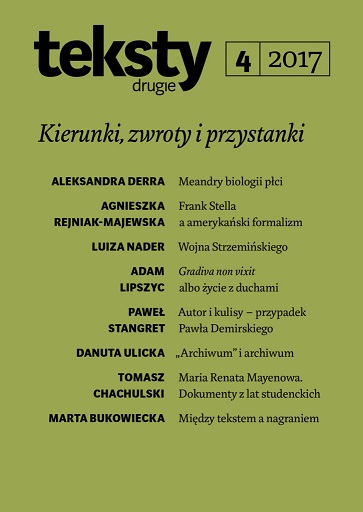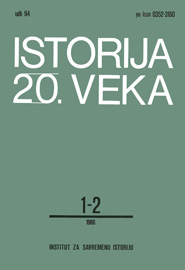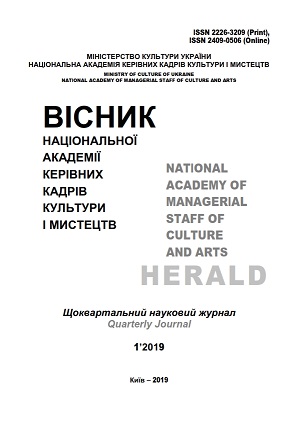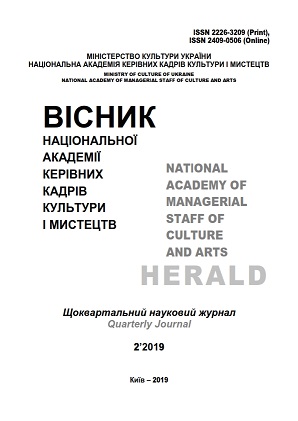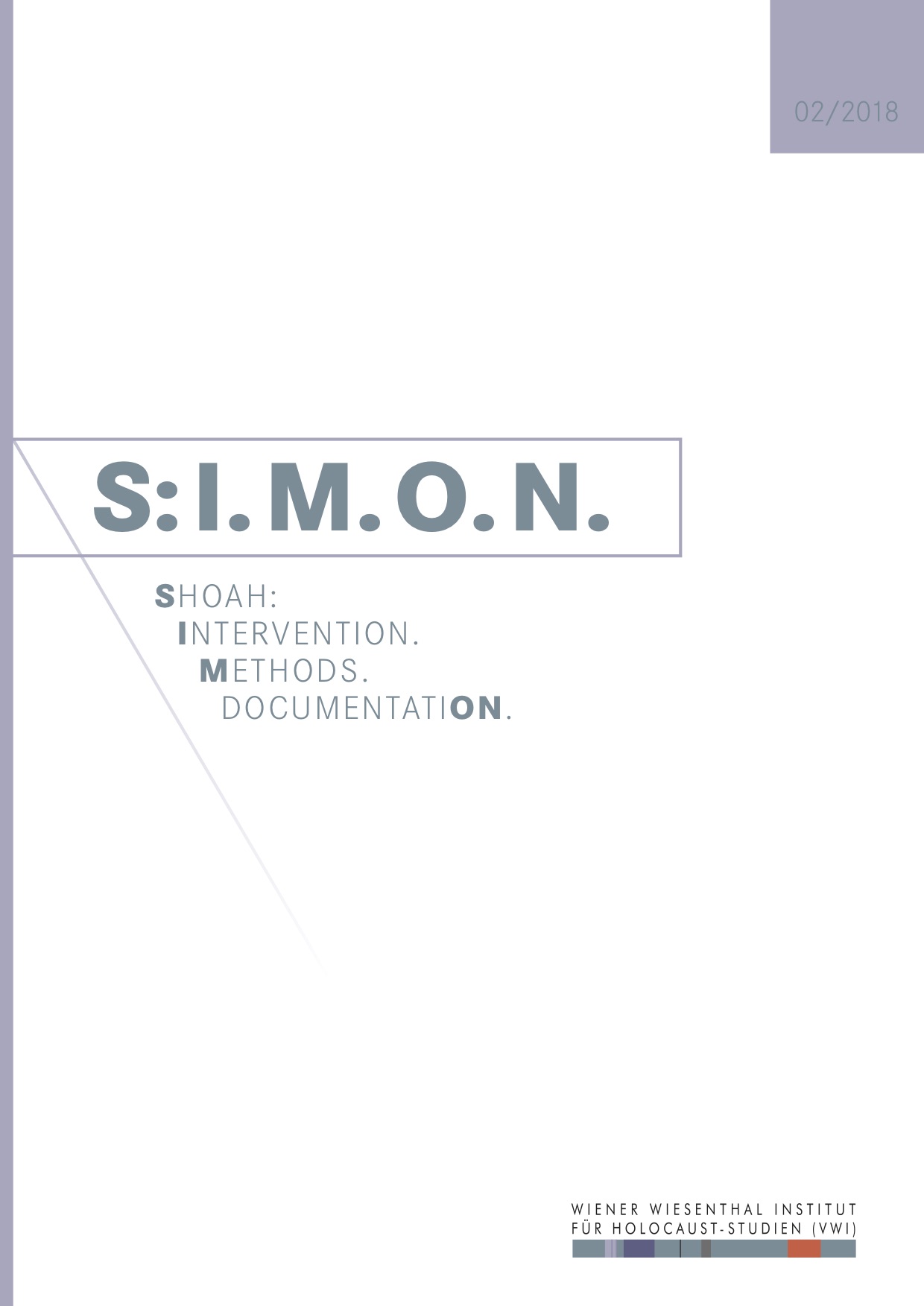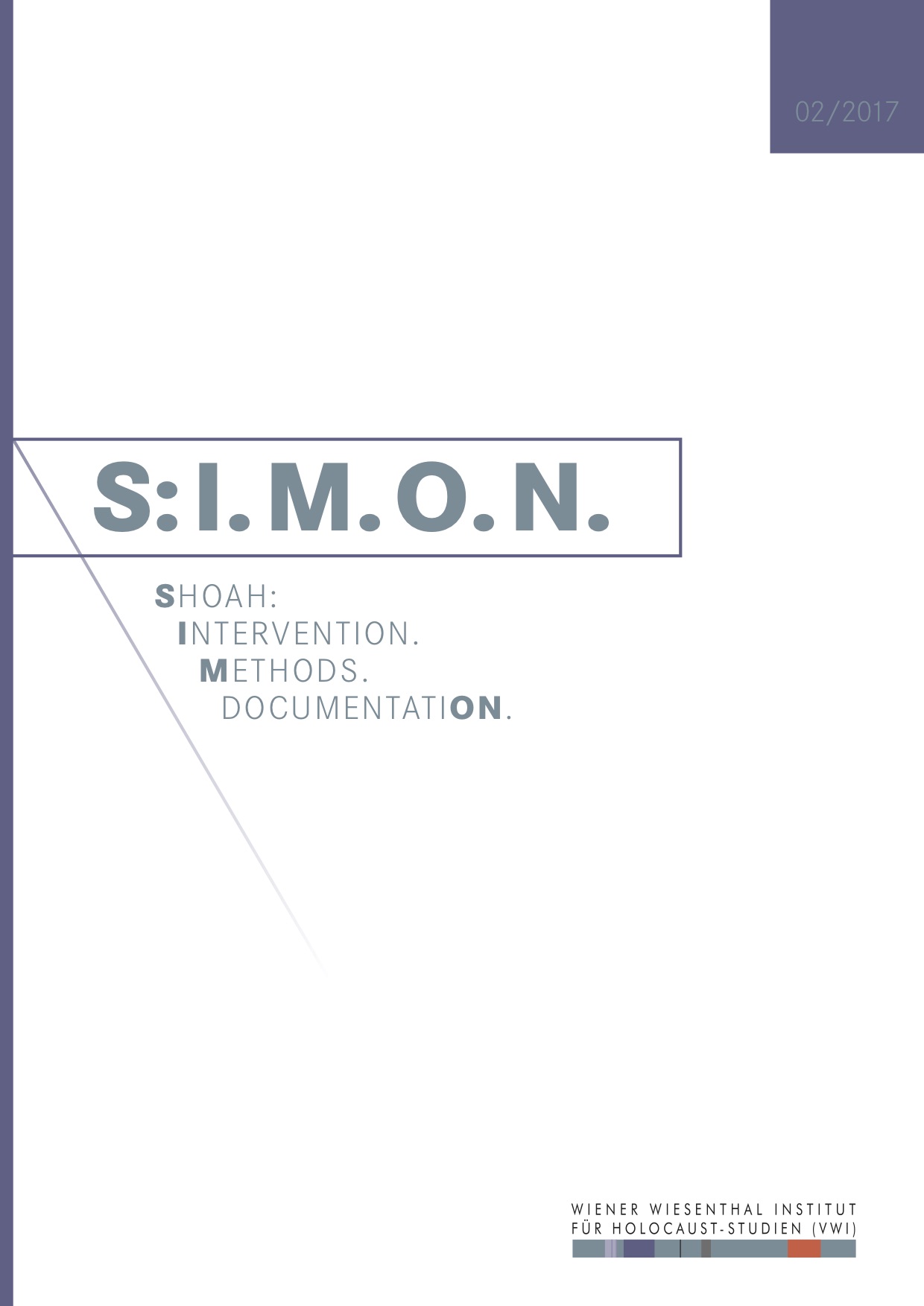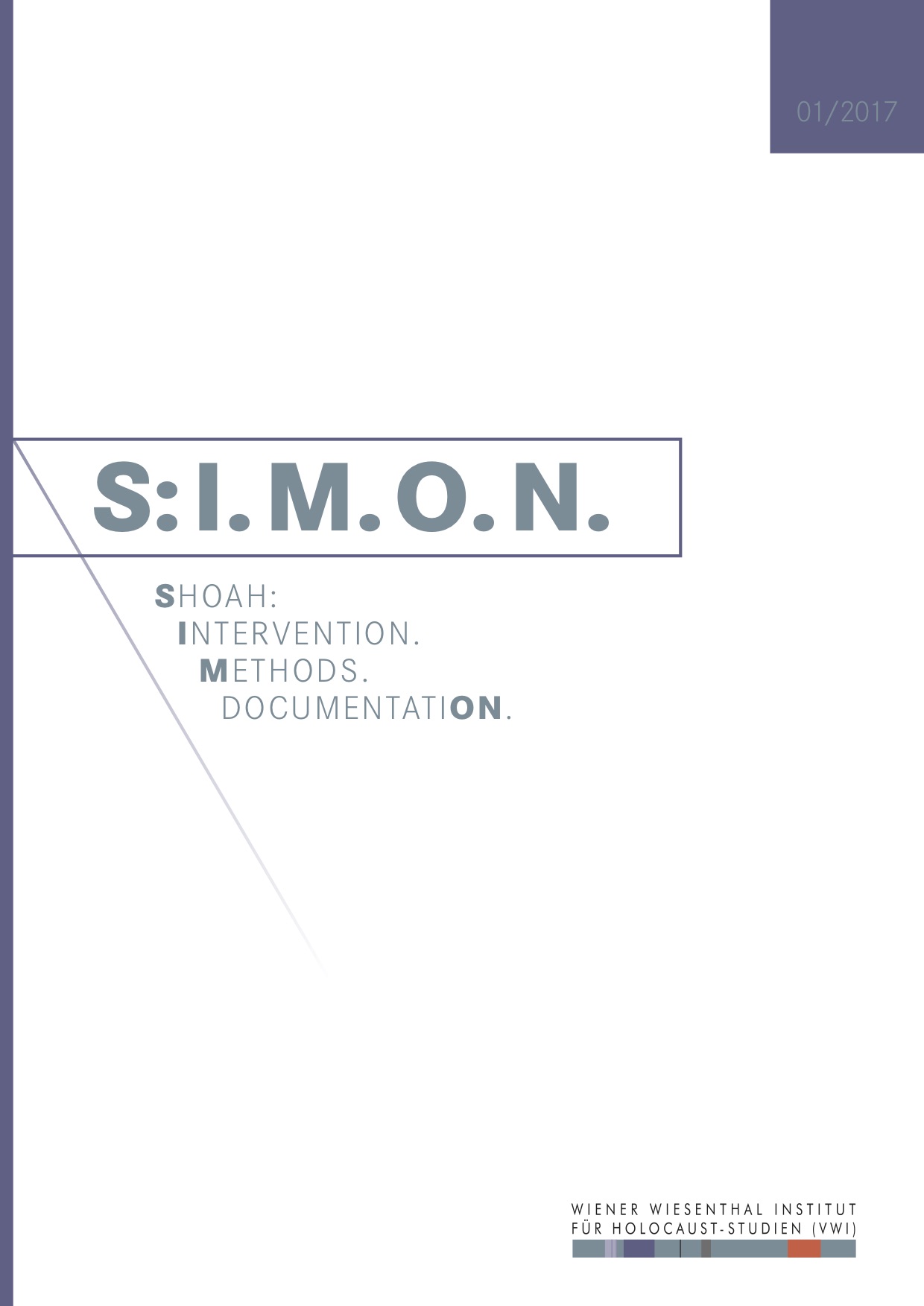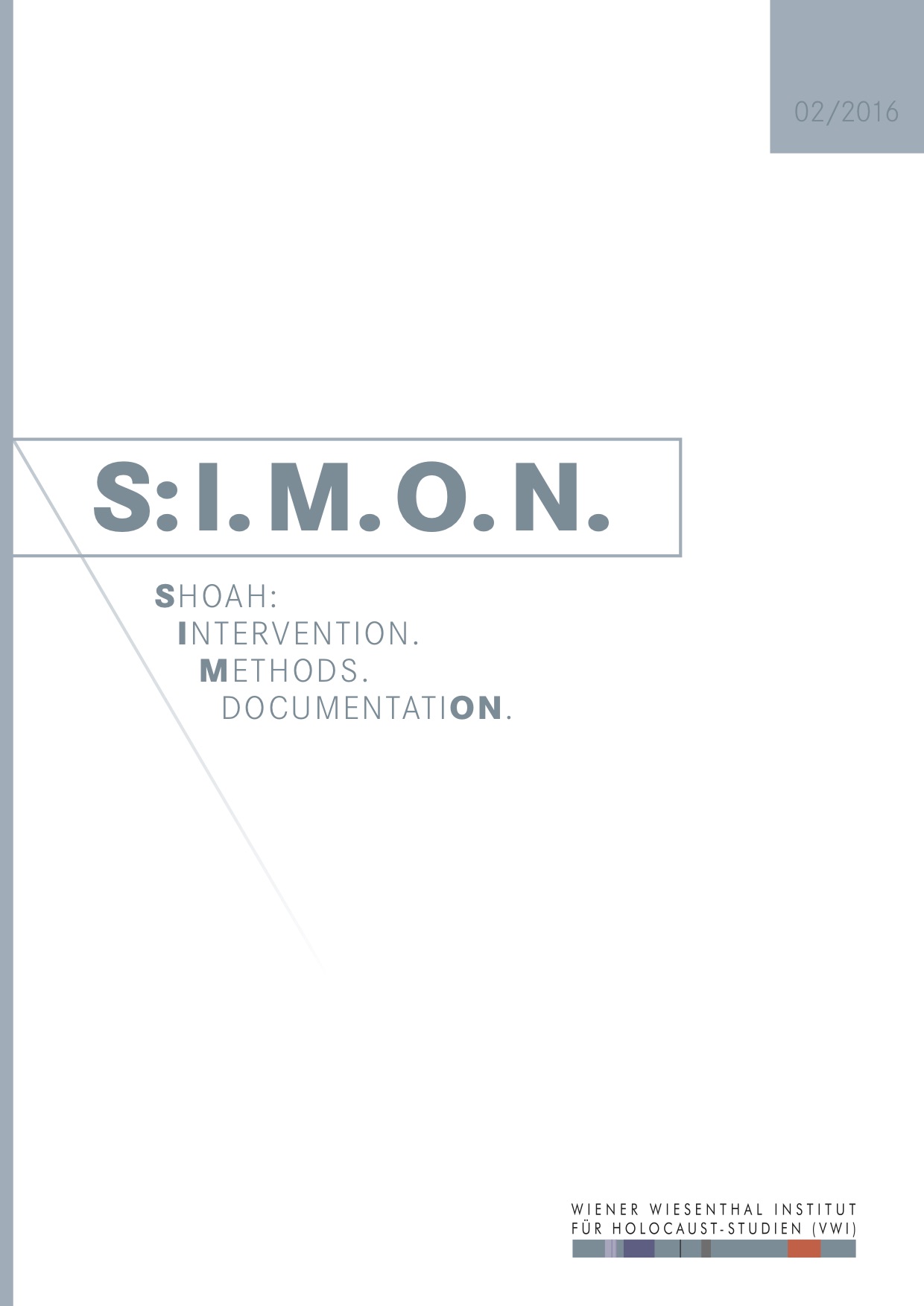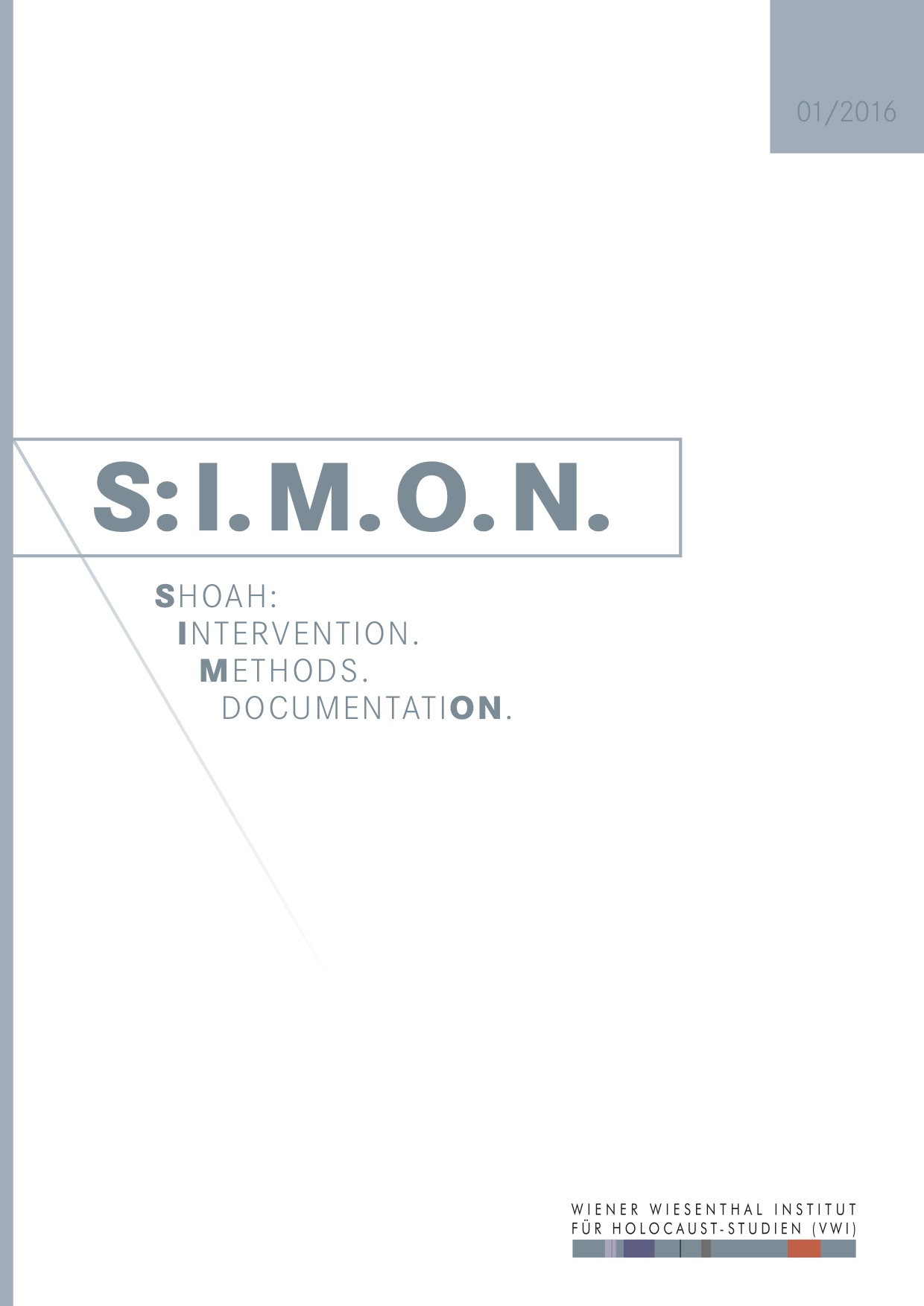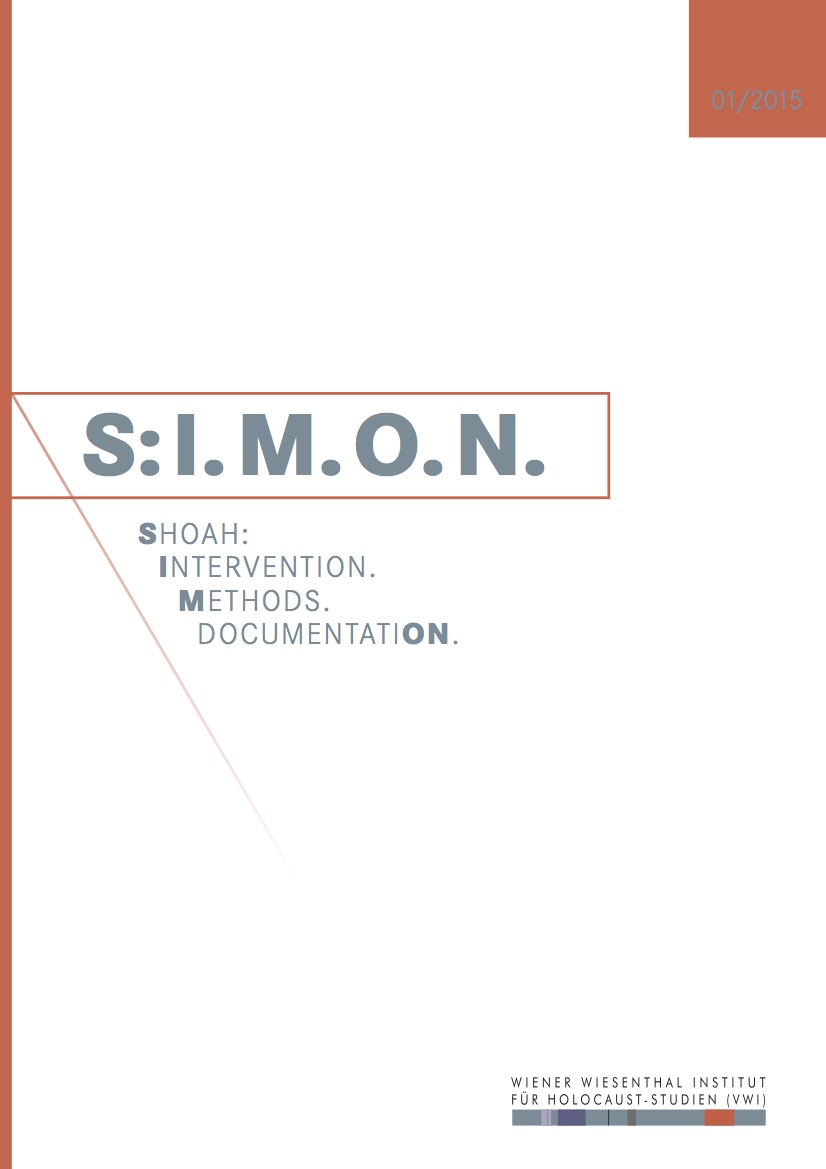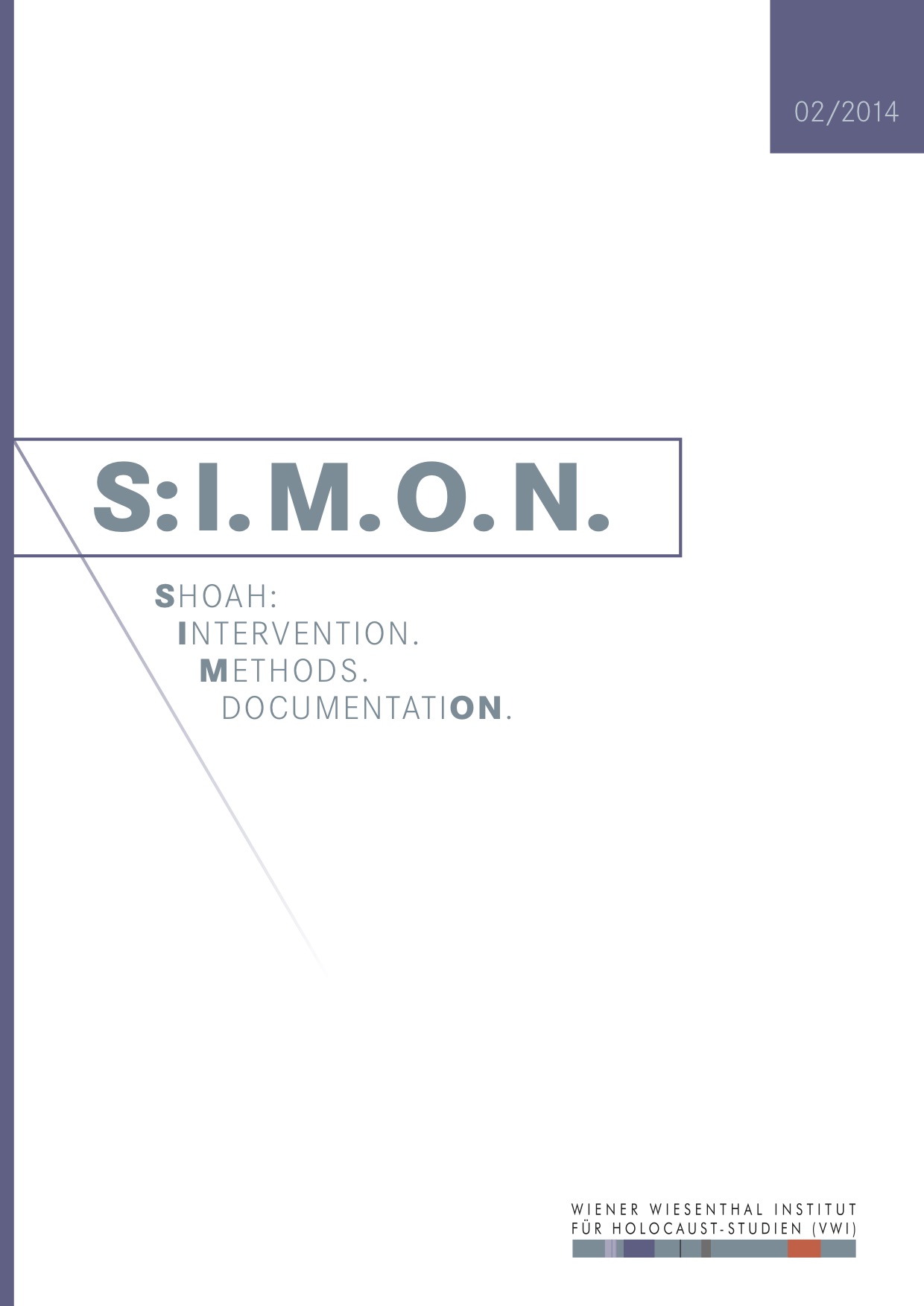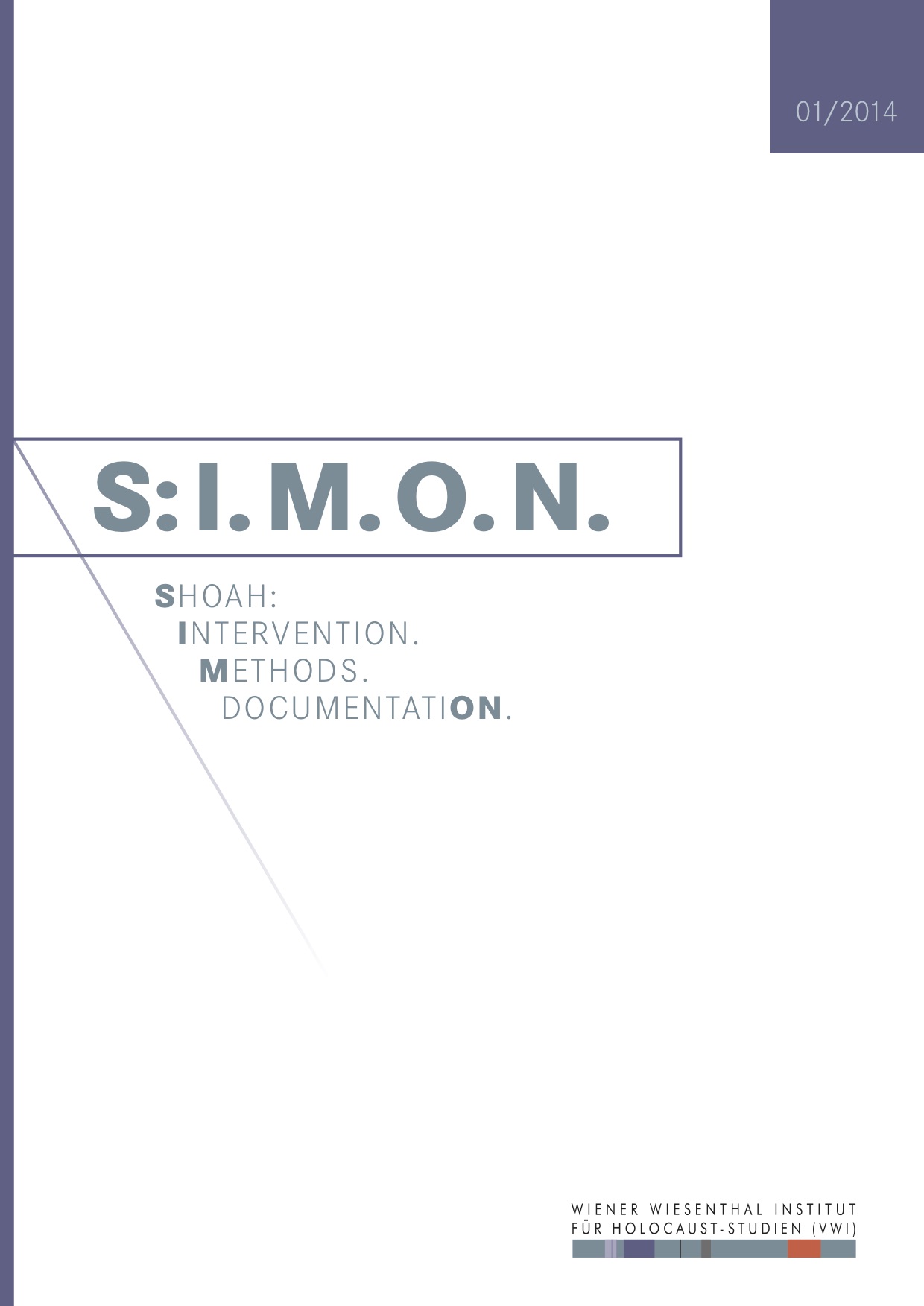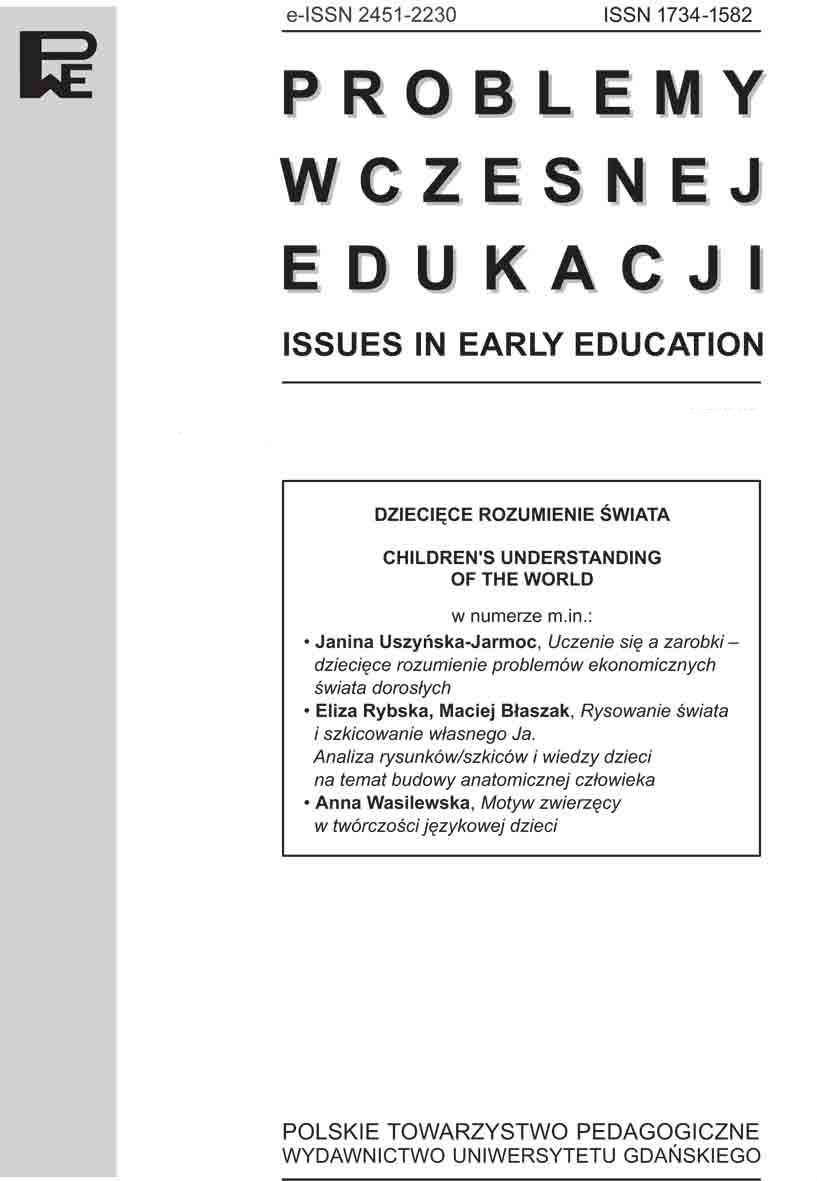
Cuteness and aggression in military picturebooks
As a subspecies of ideologically loaded picture books, this chapter focuses on military picture books. This term encompasses picture books dealing with war and the roles of soldiers. In the first part, taxonomy of military picture books is created which is exemplified by telling examples. The second part focuses on a particular narrative problem of military picture books that is of interest to a cognitive theory of picture books (as pursued by Kümmerling-Meibauer & Meibauer 2013). On the one hand, it is not possible to represent war as a good thing across the board; on the other hand, war is depicted with respect to certain scenarios of self-defense. The narrative solution seems to be that “cute” characters (that is, anthropomorphic animals and vehicles) are introduced who serve as positive military protagonists that have to fight against aggressive characters representing the enemy. In military picture books, there is a contrast between cuteness and aggression that is astonishing when regarding the typical pedagogical demands on the accommodation of picture books to the child’s cognitive abilities.
More...
